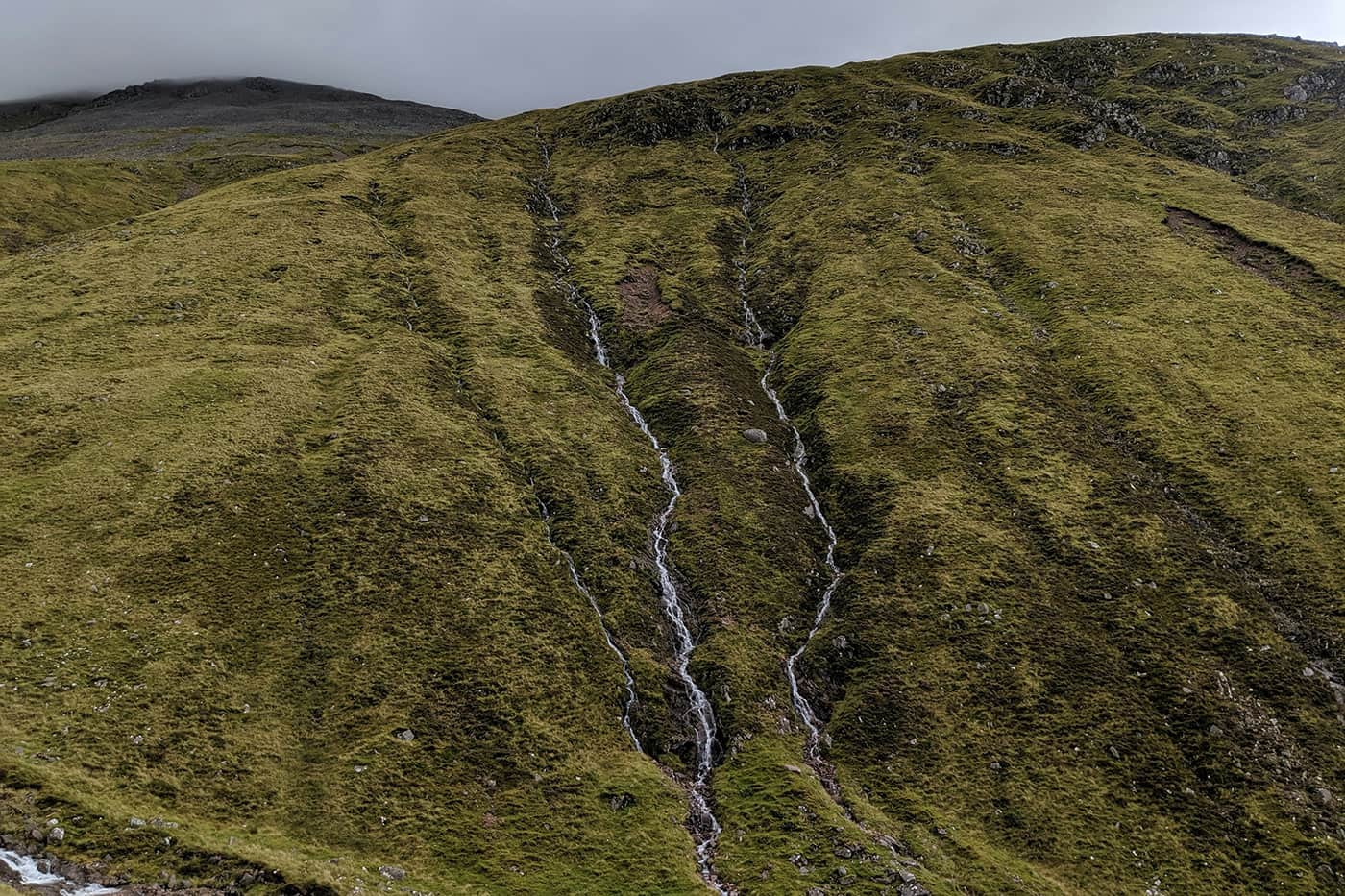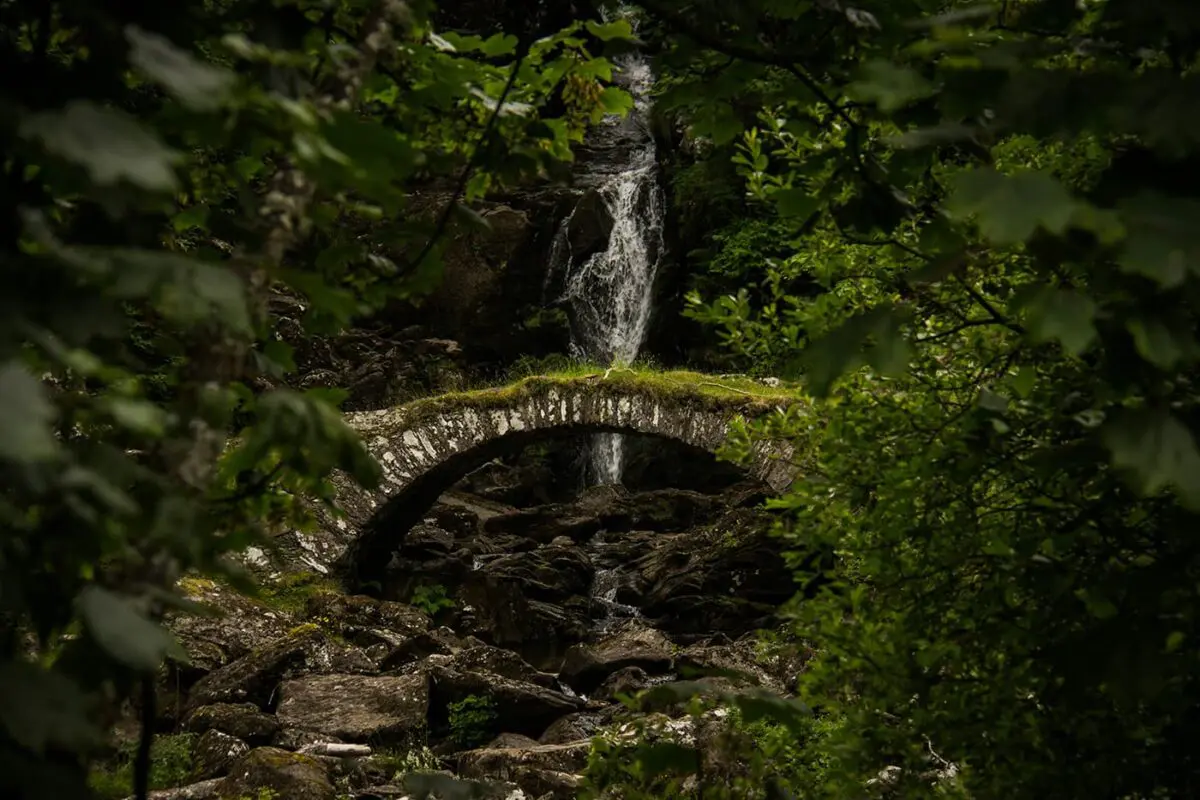Similar to many other countries, the optimal time for hiking is during the summer months (April-September). However, Scotland offers a unique proposition with its landscape dominated by hills, lots of hills! The highest mountain, Ben Nevis, stands at 1345m (4413ft). So yes, Scotland is hikable all year long, and each season brings its advantages and challenges.
Summer Months: During the summer, you are blessed with long days, providing ample time to cover your distance without feeling rushed. It’s an opportunity to enjoy lochs for a swim and have leisurely lunches with scenic views. Especially in certain highland areas, hiking during the dark should be avoided due to boggy terrains that require special attention. The summer months generally offer the driest days, with temperatures reaching about 18-20°C (65-68°F). However, Scotland’s abundance of water, including rivers, lakes, and marshes, brings its biggest challenge: MIDGES! Tiny little mosquitoes that can be quite bothersome and sting.
Winter Months: On the upside, winter months are free of midges, but there’s a trade-off. Expect a lot of rain, and snow is possible from the end of October until March. The days become significantly shorter, nights colder, and storms more frequent, making camping more challenging. But in the winter months, you have the opportunity to see the country with fresh eyes as trees and fields undergo a transformation, changing their colors from green to warm orange all over.
In conclusion, a very German piece of advice from my side: “There’s no such thing as bad weather, only the wrong gear!” Scotland will be your grandest adventure with the right equipment.
















